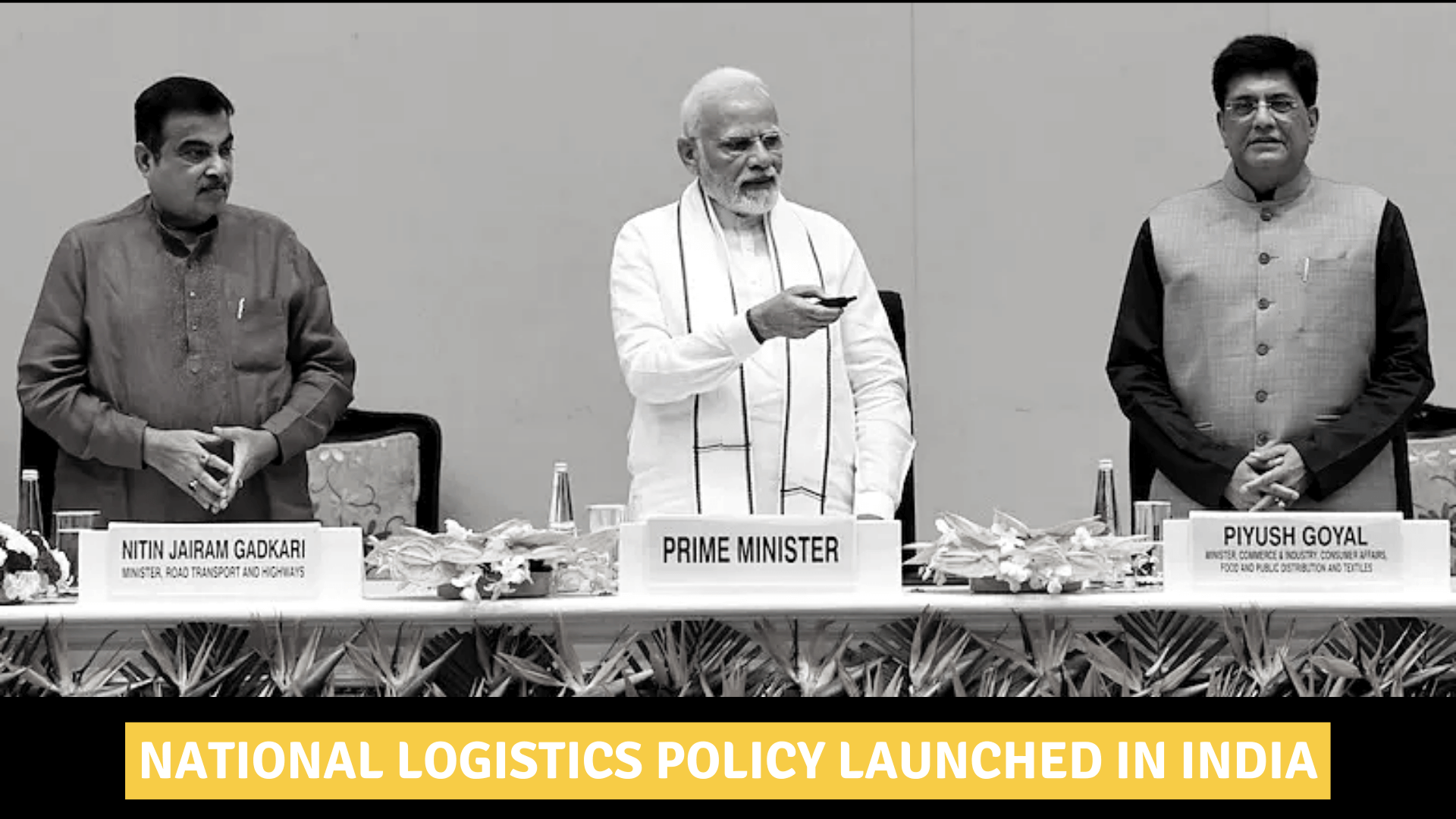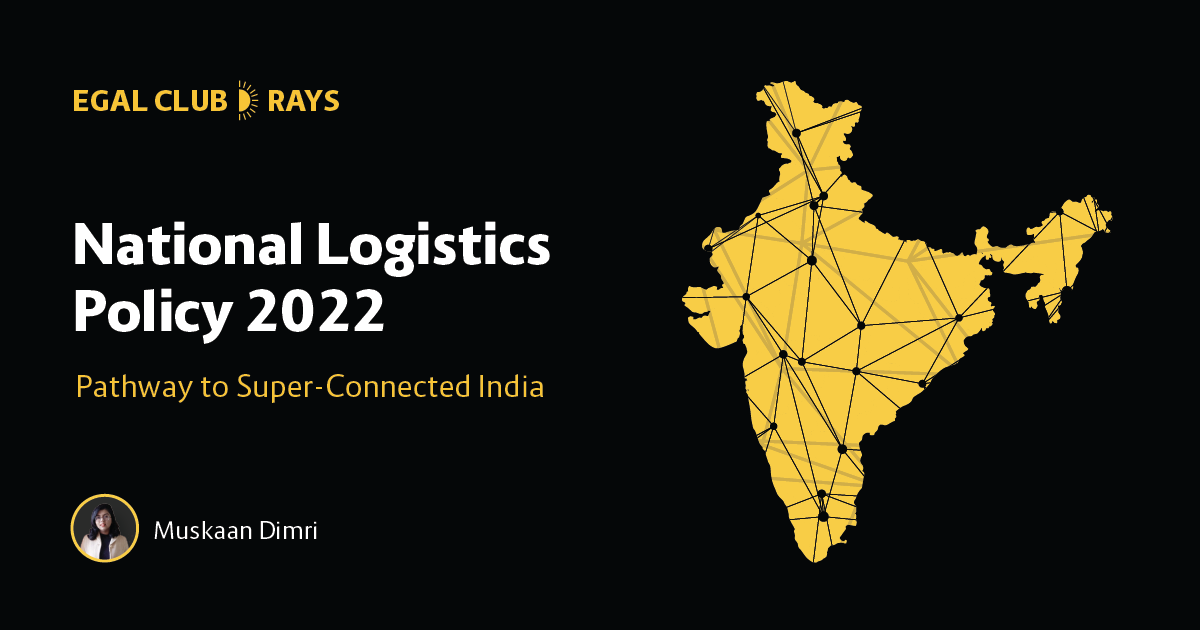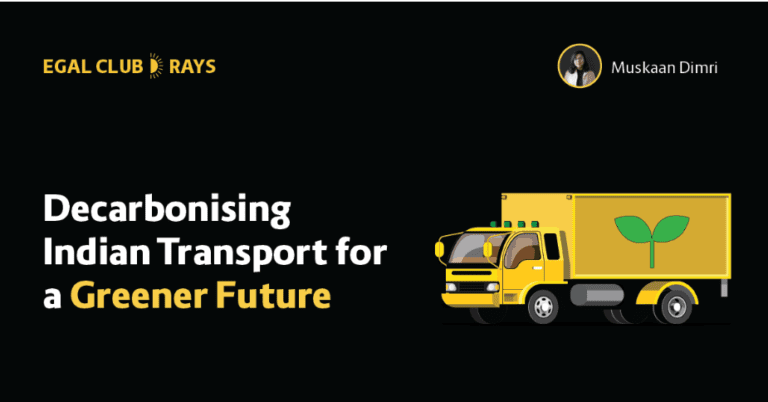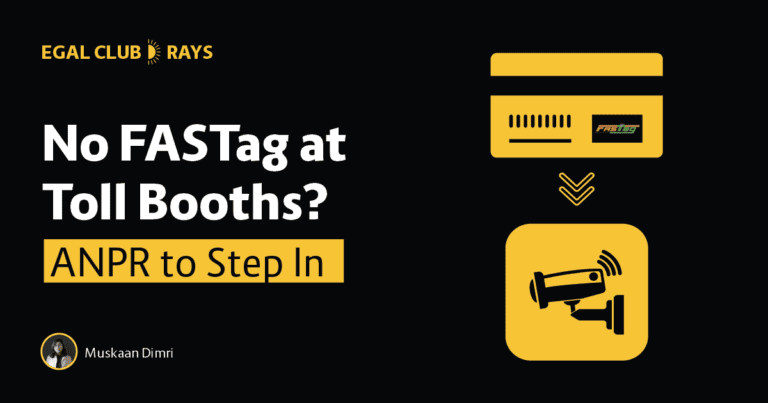National logistics policy (NLP) is a watershed for the Indian transportation industry, being an overshadowed area it finally gained its recognition after decades as our Prime Minister announced the idea of making the nation a logistic hub. The NLP will finally help us to take another step forward in achieving the dream of an ‘aatmanirbhar bharat’ by providing seamlessly integrated multiple modes of transport using technology, processes and qualified labor. Let’s get to know more about this policy!!
Gatishakti and National Logistics Policy together are now taking the country towards a new work culture”
– Prime Minister, Shri Narendra Modi
PM Gati Shakti Master Plan introduced in 2018 was a pioneering step for multi-modal connectivity which was followed by NLP in 2019 but with the onset of Covid Pandemic it got delayed. National Logistics Policy aims to reduce the logistics cost by 5% and to improve India’s ranking in the Logistics Performance Index. The target is to reduce the current logistics from 13-14% GDP to the global average of 8% by 2030. Furthermore this will help in the increment of 14.6% of the Indian logistic market as the price would rise from 160 billion dollars to 215 billion dollars with an employment rate of 22 million people whose skill set is set to rise by 5% in 5 years.
India aims to become a $5 trillion economy by 2024-2025, to do this, connectivity and a robust infrastructure are becoming mandatory, and NLP is giving the industry the boost it needs. Along with the development of logistics, manufacturing, production and automobiles, so will other industries such as warehousing and infrastructure development. This will encourage the growth of commercial real estate and industrial parks.

Other Pioneer Core Initiatives by government prior to NLP:
- Gati Shakti Program: The goal of the Gati Shakti Program is the coordinated implementation of infrastructure connectivity, including road and rail projects across the country.
- Sagarmala: Envisions using coastal and waterway potential to reduce the amount of infrastructure required to achieve its objectives.
- The Bharatmala: Focuses on reducing critical infrastructure gaps and increasing the efficiency of road transport across the country.
The above major initiatives will help create a single-window electronic marketplace as a one-stop-shop for the exchange of relevant knowledge and information that can advance domestic logistical issues. These initiatives have created a backbone for the easier implementation of the NLP 2022, many actions have been taken for the integration of top notch modern facilities and technology to strengthen the logistics sector of India, some of them are:
- The e-sanchit portal enabled paperless import and export transactions and implemented faceless customs assessment.
- E-Way Bills and FASTag are also commonly used on roads to increase efficiency in the logistics industry.
- Unified tax regime, such as the Goods and Services Tax (GST), eases issues related to the logistics industry.
Therefore, NLP will facilitate the promotion of a consistent regulatory environment and institutional framework for the sector, establishing Multimodal Logistic Parks (MMLP) as a key market. This will ensure faster connections in the first and last mile, and as logistics improve, so will import-export, manufacturing, refrigeration, and industries.



